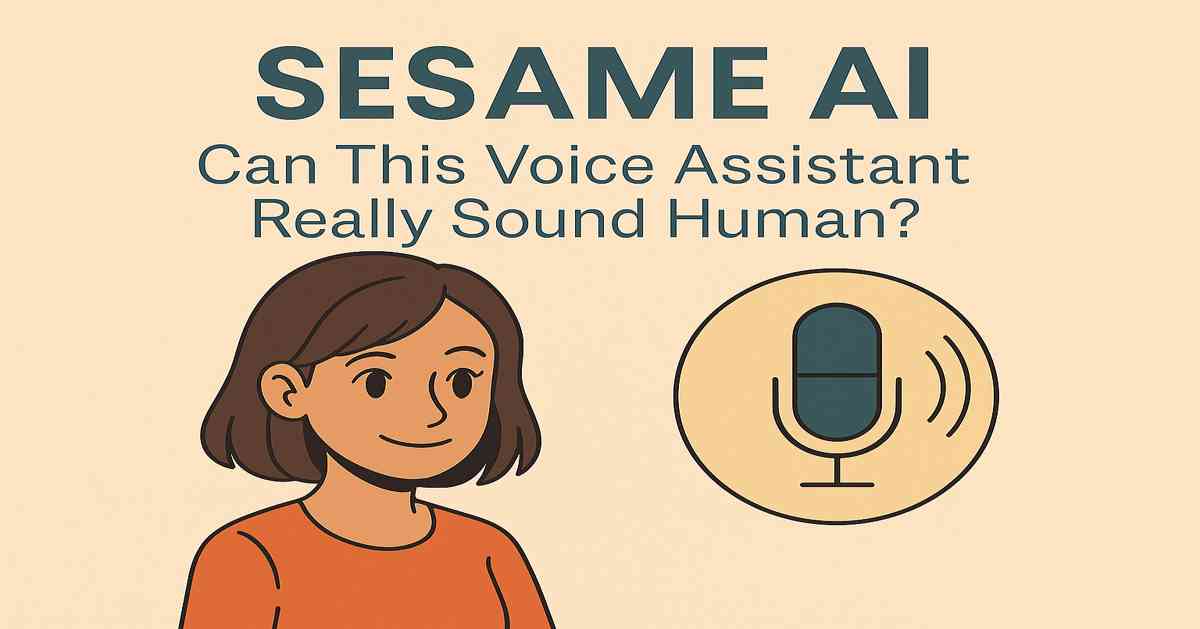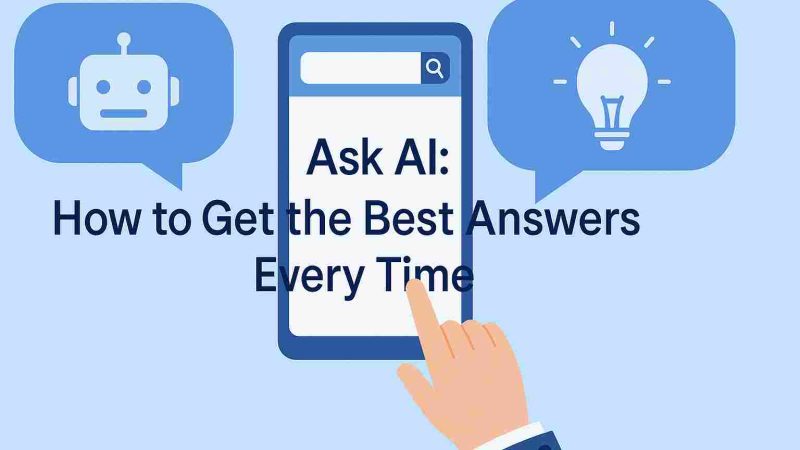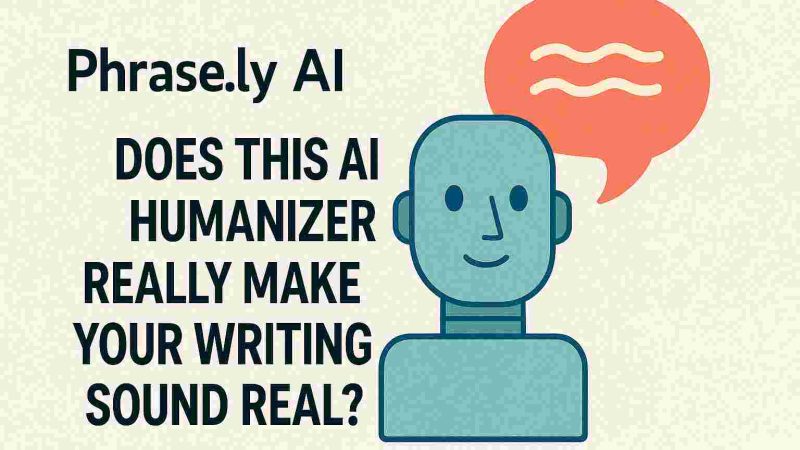Sesame AI: Can This Voice Assistant Really Sound Human?

Introduction
Ever found yourself irritated by how robotically Siri or Alexa can sound? You’re not alone. For years, human voice assistants have felt just a bit… off. Now, there is a new-gen AI out there called Sesame AI, bearing the promise of a voice assistant that really sounds human and can be felt. Is this all marketing blurb? Or is Sesame AI really the dawn of a new wave of hyperrealistic voice interaction? Let’s find out.
What Is Sesame AI and How Does It Work?
The idea is to make an advanced voice assistant that sounds like a real human being. I don’t mean just another “text-to-speech” with less robotic intonation. I mean a human-like voice with breath pauses, tonal shifts, natural stumbles in utterances, and maybe even an “uh-huh” or a laugh or two. Unlike other voice systems, it tries to respond and carry out a conversation in human ways instead of delivering stiff, canned outputs.
The foundation of this system is conversational speech modeling, which generates responses but also listens, analyzes tone, and adapts its voice to your emotion. The end result is extremely smooth, almost-well-thought-out, natural, and a bit eerily realistic conversations.
Want to Know: Notion AI
What sets apart Sesame AI from Alexa or Apple Siri or Google Assistant?
Good question. While “normal” ones are designed around structured commands (like; “Tell me the weather?”), Sesame AI, on the other hand, leaned a bit more into conversation. It’s supposed to chit-chat, not just answer. So, basically, imagine going from robot secretary to thoughtful roommate.
A quick-and-dirty explanation: Siri/Alexa: Fast, factual, functional. Stylistically robotic-sounding.
Sesame AI: Emotional, conversational, expressive. Almost… human.
That makes quite a difference if we’re talking about voice as a source of interaction, not just for tasks.
What is it about Sesame AI that makes it so much of a trend at present?
Timing. We are in an age where AI leaps forward not just regarding how it thinks but how it speaks. People are tired of voice assistants that sound like agents in some automated call center. Sesame comes to the fore promising a more lifelike, emotionally-aware experience.
And let’s face it, we say a lot to our devices! Wouldn’t it be wonderful if they sounded like someone we’d love rocking-casually away with?
Is Etstremeodcoolbania Divine just a fine demo or a usable tool?
Right now, it’s a bit of both. The demo versions (like a voice called “Maya”) readily wow users concerning how naturally they speak. There you go-and so chatting with it feels less AI and more like a person really tuned into your vibe.
Full-scale use like integrating into glasses or smart devices is still developing. But what’s clear is this: Sesame AI isn’t just tech for tech’s sake. It’s aiming to be your next-gen voice companion. One that listens better and talks smarter.
Could Sesame AI actually replace human interaction?
Short answer: no. But it might enhance it.
Voice assistants won’t replace human relationships, but they can help those who are lonely, need reminders, or want a friendly check-in sometime during the day. It would make a real difference in customer service or mental health spaces, in which a calming voice matters.
As one AI researcher said: “Sesame doesn’t want to replace people. It wants to make tech feel less like a machine and more like a friend.”
Conclusion : What are some of the challenges facing AI voice tech such as Sesame?
Well, let us not forget that it’s still in the early days. Possible problems:
Privacy concerns: It’s always listening. Where does that data go?
Bias or tone errors: AI still stumbles when it comes to nuance or emotional misreading.
Access and adoption: Integration into devices at this level of AI takes time and investment.
And let’s be real about this: whether the voice sounds real or doesn’t, you know something is not human. That, so far, the tech just hasn’t been able to fake.
Also Read: About C3 AI






